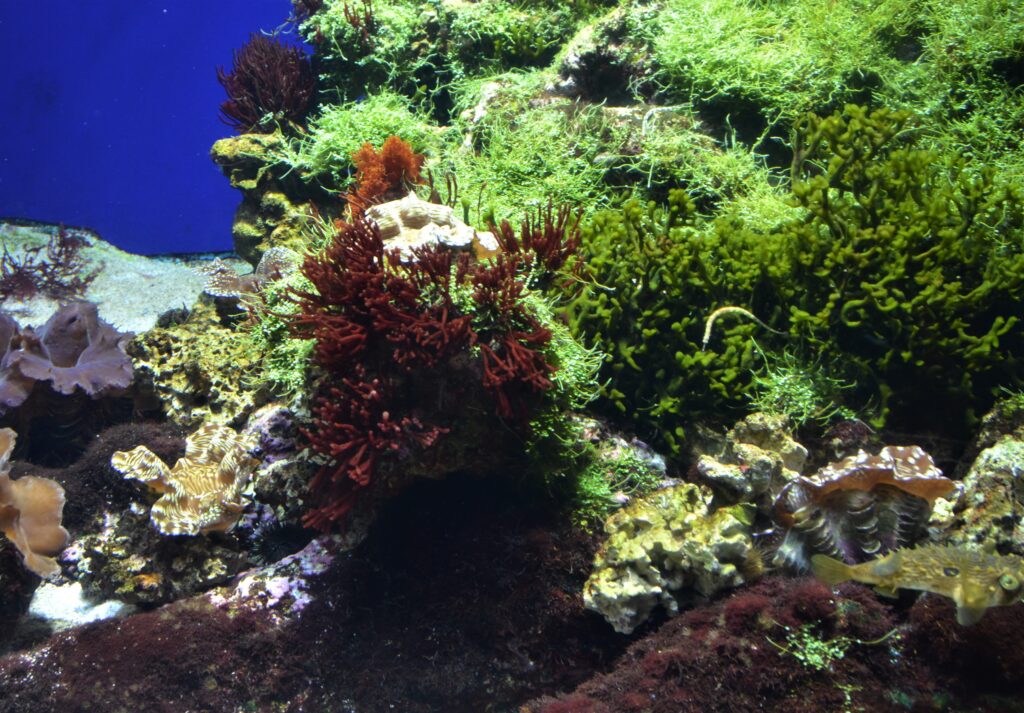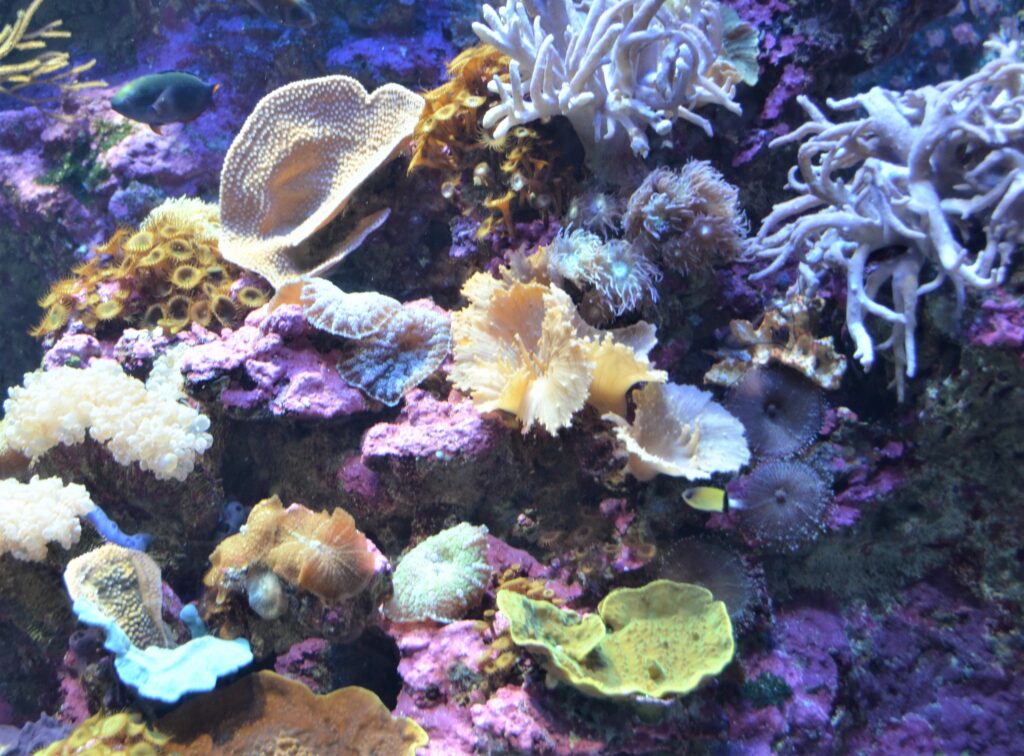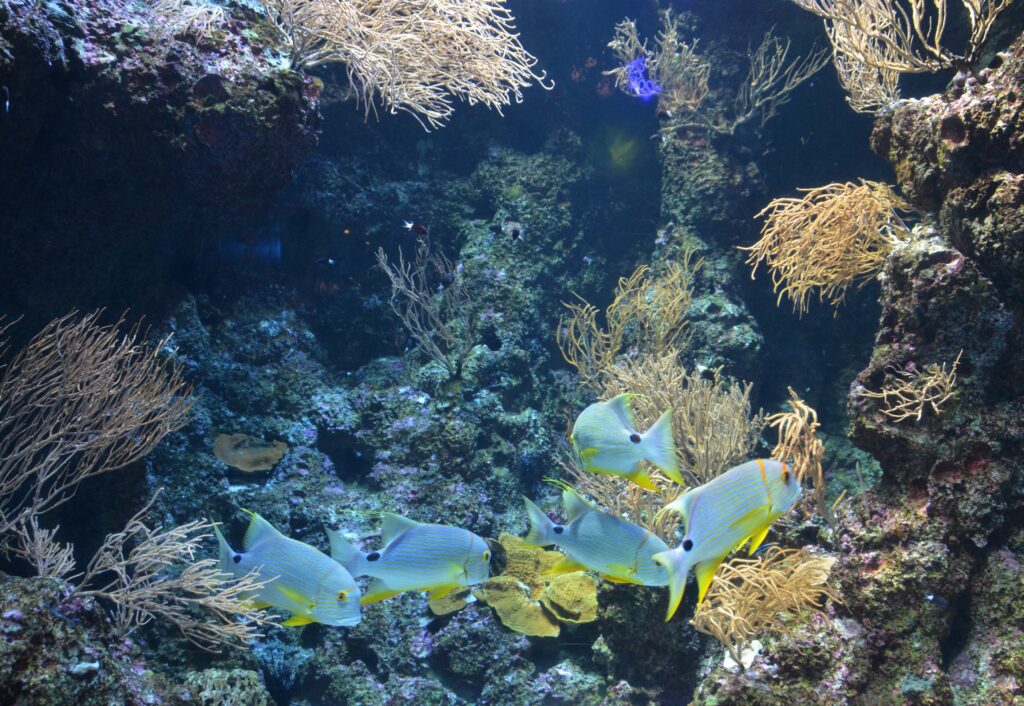Text and Photos by Henrylito D. Tacio
Although coral reefs — touted as the marine equivalent of tropical rainforests — occupy just 0.17% of the ocean floor, they are home to perhaps one-quarter of all marine species. “Essential life-support systems” necessary for human survival is how the World Conservation Union describes them.
Unfortunately, coral reefs teeming in the waters of Coral Triangle may soon vanish without a trace just like what happened to those aircraft and surface vessels ships that disappeared under mysterious circumstances when passing the Bermuda Triangle in the western part of the North Atlantic Ocean.
The Coral Triangle – so named because of its distinct triangular shape, is a region in Asia that includes the Philippines, Malaysia, Indonesia, Timor Leste, Papua New Guinea, and the Solomon Islands. Spanning the marine waters of these countries is nearly 73,000 square kilometers of coral reefs, which have been called as “Eden beneath the waves.”
“This magnificent area, often called the ‘Amazon of the Seas,’ contains nearly 30 percent of the world’s coral reefs and 75 percent of all known coral species,” said Suseno Sukoyono, executive chair of the Coral Triangle Initiative on Coral Reefs, Fisheries, and Food Security.
But that’s not all. The region is home to more than 3,000 species of fish – “twice the number found anywhere else in the world,” to quote the words of Sukoyono.

The Washington-based World Resources Institute predicted that by 2050, 90 percent of regional reefs would be threatened by 2050. “So scary I don’t want to believe it,” said leading Indonesian scientist Jamaluddin Jompa. “It will be the end of the Coral Triangle story if it ever comes true.”
It seems it is already happening in the Philippines, whose coral reef area — estimated at 26,000 square kilometers — is the second largest in Southeast Asia. The Inventory of the Coral Resources of the Philippines in the 1970s found only about 5% of the reefs to be in excellent condition, with over 75% coral cover (both hard and soft).
Another study conducted in 1997 showed only 4% of reefs in excellent condition (75% hard or soft coral cover), 28% in good condition (50-75% coral cover), 42% in fair condition (25-50% coral cover), and 27% in poor condition (less than 25% coral cover).
Some years back, leading marine scientists ranked the coral reefs in the Philippines as among the most threatened in Southeast Asia. Among those listed as culprits were overfishing, destructive fishing, sedimentation, and pollution.
“Although coral reefs have always been subject to natural disturbances – disease, predator outbreaks, and climatic disruptions such as hurricanes and the El Niño – natural damage is now being compounded by human-induced disturbances,” noted “Coral Reefs: Valuable but Vulnerable,” a discussion paper circulated by the World Wide Fund for Nature (WWF).
Types of corals
There are three major types of coral reefs, according to the late Dr. Angel C. Alcala, one of the country’s coral reefs experts. These are fringing type (those found on the edges of islands and which constitutes 30% of the country’s coral reefs); the barrier type (best exemplified by the Dajanon Reef of Central Visayas); and the atoll (of which the Tubbataha and Cagayan Reef in the Sulu Sea are ideal examples).
Unknowingly, corals are the dried and bleached skeletons of soft-bodied animals that live in the warm, sunlit waters of tropical seas and look more like plants and rocks than animals.
The main part of the real coral is the polyp – the extraordinary flower-like animal with a tube-like body and finger-like tentacles. “Coral polyps get nutrition in two ways,” explains Lindsay Bennett, author of globetrotter island guide, “Philippines.” “They catch their food by means of stinging tentacles that paralyze any suitable prey – microscopic creatures called zooplankton – and also engage in a symbiotic relationship with zooxanthellae that live within the polyp structure.”
Coral polyps reproduce in two ways: asexually (by the division of existing individual polyps) and asexually (by combining egg and sperm from two different polyps). “This results in a free-swimming polyp that will be carried by ocean currents to find a new colony and commence a new reef,” Bennet writes.
The coral reef is the world’s most diverse marine ecosystem, and one of its most productive. It is home to some 4,000 species of fish (approximately one-quarter of all marine fish species), along with a vast array of other life forms – molluscs, crustaceans, sea urchins, starfish, sponges, tube-worms and many more.


In the Philippines, for instance, more than 40 million people live on the coast within 30 kilometers of coral reef. Approximately, two million people depend on fisheries for employment, with about one million small-scale fishermen directly dependent on reef fisheries. The country’s reefs yield 5 to 37 tons of fish per square kilometer, making them very important to the productivity of fisheries.
“The Philippines is a major supplier of fish to the live reef food fish trade, a billion dollar industry in the Asia-Pacific region,” noted “Reefs at Risk Revisited in the Coral Triangle,” a publication published by the Washington-based World Resources Institute (WRI). “In 2007, the Philippines exported at least 1,370 tons of coral trout (“Plectropomus leopardus”), one of the trade’s most important species in terms of volume, which fetched an estimated retail value of about US$140 million.”
“Despite considerable improvements in coral reef management, the country’s coral reefs remain under threat,” said Dr. Theresa Mundita S. Lim, former director of the Biodiversity Management Bureau of the Department of Environment and Natural Resources.
The Philippine government made and introduced many laws in an attempt to protect the natural environment on the islands and in the national territorial waters. But the government cannot do it alone; help from individuals are also needed to save the reefs from total annihilation.
“We are the stewards of our nation’s resources,” said Rafael D. Guerrero III, an academician with the National Academy of Science and Technology, “we should take care of our national heritage so that future generations can enjoy them. Let’s do our best to save our coral reefs. Our children’s children will thank us for the effort.”

